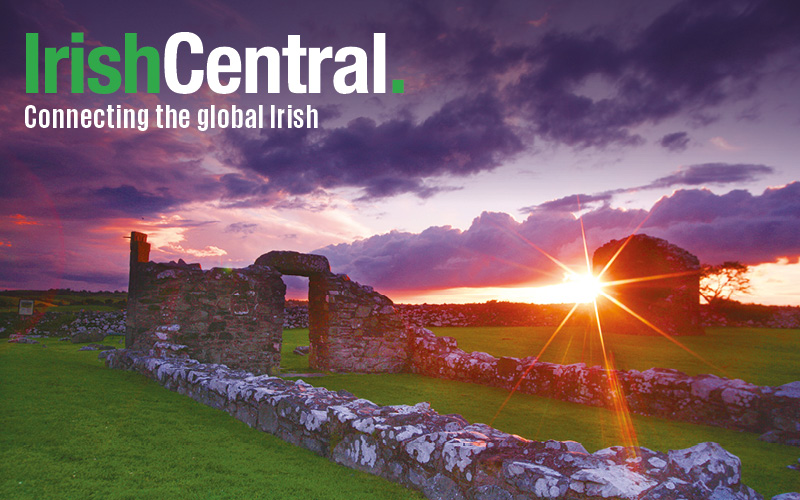A recent piece in The New York Times, "The First Fighting Irish," looks at The University of Notre Dame's participation in the Civil War.
James M. Schmidt, the author of "Notre Dame and the Civil War: Marching Onward to Victory," writes that Notre Dame, which was founded in 1842, was still a very young university when the war started. Under Father Edward Sorin, the Indiana school had grown "from a handful of students and building in the 1840s to an impressive campus and hundreds of students on the eve of the Civil War."
Shmidt writes that "Whether or not war was inevitable, the young men at Notre Dame were prepared for one. Military units had existed on many college campuses for years before the Civil War, and the tradition at Notre Dame can be traced to the 1850s, when the first student-organized company could be seen marching across campus. For his part, Father Sorin encouraged the exercises, not out of a martial nature, but rather for the 'excellent physical training and gentlemanly bearing and manner which they were calculated to impart to the young men.' The young men styled their unit the 'Notre Dame Continental Cadets' and adopted a dress that was 'very picturesque, beautiful and showy,' in the style of the members’ revolutionary forefathers."
He writes that on April 19, 1861, just days after the surrender of Fort Sumter and President Lincoln's first call for troops, one of the school's priests, Neal Gillespie, wrote to his mother that some of the students “perhaps will go to fight the battles of their country,” he added, but guessed that “the number will…be very small.”
Father Gillespie's guess was off the mark as dozens of the university's students, alumni and faculty joined the war, "including Orville Chamberlain; the bellicose William F. Lynch, commander of the school’s Continental Cadets, who rose to the rank of brigadier general; Timothy Howard, seriously wounded at Shiloh, who returned to a career as a professor at Notre Dame and a noted Indiana jurist; and Felix Zeringue of New Orleans, who left Notre Dame just days after the firing on Sumter (with an unpaid tuition bill) and enlisted in the Confederate army."
Schmidt writes,"Indeed, Notre Dame’s participation in the war established a tradition of “Fighting Irish” tenacity on the battlefield by its student-soldiers and spiritual strength imparted by its priests and sisters. Few institutions of higher education can boast of the breadth of sacrifices made by the school: over the course of four years, Notre Dame gave freely of its faculty and students as soldiers, and sent its Holy Cross priests to the camps and battlefields as chaplains and dispatched its sisters to the hospitals as nurses. Some of the boys, men and women made the ultimate sacrifice and never returned."
One of the wartime students wrote later: “None were braver men or truer patriots."
He added: “Notre Dame is honored in her loyal soldier students, who showed, even to the shedding of their blood, how deeply inculcated were the lessons of patriotism which they had received from their Alma Mater.”




Comments